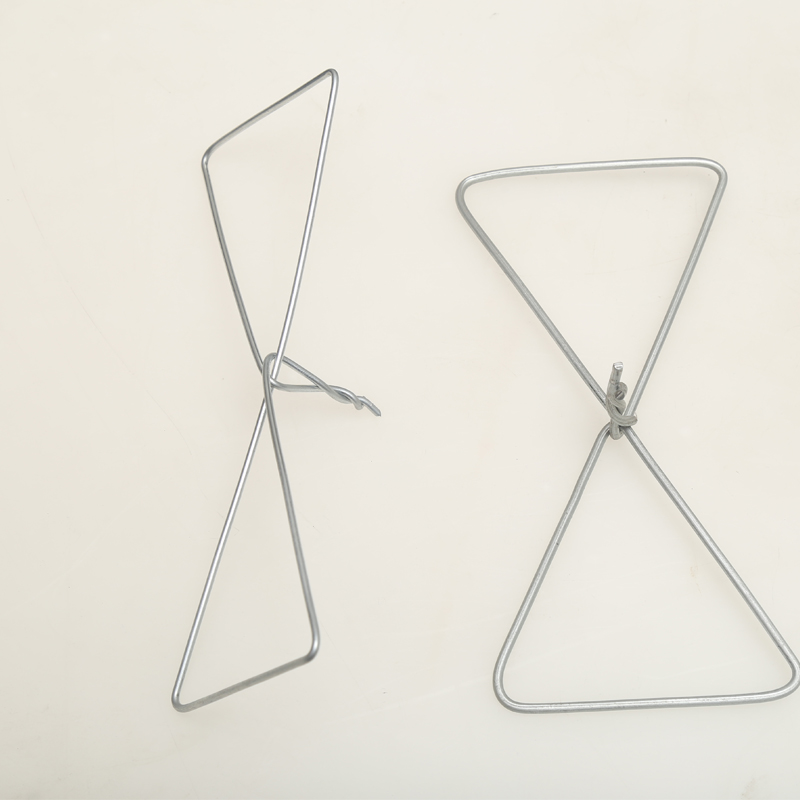
- Mobile Phone
- +8613931874955
- sales@cntcmetal.com
types of tomato cages
Types of Tomato Cages A Guide to Supporting Your Tomato Plants
Growing tomatoes can be a rewarding experience for any gardener, whether you are a novice or an experienced horticulturist. One of the essential aspects of cultivating healthy tomato plants is providing them with adequate support as they grow. Tomato cages are one of the most effective solutions for this purpose. In this article, we will explore the various types of tomato cages, their advantages and disadvantages, and how to choose the right one for your tomato plants.
1. Wire Tomato Cages
Wire tomato cages are one of the most common types used by home gardeners. They typically consist of durable, rust-resistant wire frames that are shaped like cylinders. These cages are popular due to their sturdy construction and ability to support the weight of heavy tomato plants.
Advantages - Durability Wire cages are long-lasting and can withstand different weather conditions. - Flexibility They come in various heights and widths, allowing gardeners to choose one that fits their specific tomato varieties. - Ease of use These cages are easy to set up and can be stored flat during the offseason.
Disadvantages - Size limitations Some wire cages may not be tall enough for larger tomato varieties, which can lead to collapsing. - Cost High-quality wire cages can be on the pricier side compared to other options.
2
. Concrete Reinforcing Wire CagesConcrete reinforcing wire (CRW) cages are a sturdy option for supporting tomato plants. Made from heavy-gauge wire, these cages are typically used in construction but have gained popularity among gardeners for their exceptional strength and durability.
Advantages - Robustness CRW cages can support very heavy plants and are less likely to bend or collapse under pressure. - Customizable Home gardeners often cut or modify these cages to fit their specific needs.
Disadvantages - Weight They can be quite heavy, making them difficult to move around the garden. - Cost While they are highly durable, the initial cost may be higher than other cage types.
types of tomato cages

3. Tomato Stakes
Tomato stakes are another popular method for supporting tomato plants. This method involves driving a vertical stake into the ground near each plant and tying the stem to the stake as it grows.
Advantages - Space-efficient Stakes take up less ground space, making them ideal for small gardens. - Affordability Stakes are often less expensive than cages, especially when using wooden or bamboo stakes.
Disadvantages - Less support Stakes may not provide the same level of support as cages, especially for larger varieties. - Labor-intensive Tying the plants to the stakes requires more time and effort.
4. Portable Tomato Cages
Portable tomato cages are designed for easy movement around the garden or for temporary setups, such as when growing in containers. These cages are typically made from lightweight materials and can be adjusted or collapsed for storage.
Advantages - Mobility Easy to relocate if plants need more sunlight or are shaded by other plants. - Versatility Suitable for growing in different types of gardens, including patios and balconies.
Disadvantages - Stability concerns Lightweight designs may not be as stable, especially in windy conditions. - Durability They may not last as long as heavier, fixed cages.
Conclusion
Choosing the right type of tomato cage is essential for the success of your tomato plants. Consider factors such as the size of the tomato varieties you are growing, the space available in your garden, and your budget when making a decision. Whether you opt for a sturdy wire cage, a concrete reinforcing wire cage, stakes, or a portable option, providing your tomatoes with proper support will encourage healthy growth and bountiful harvests. Happy gardening!
share:
-
Your Source for Concrete Wall Ties and Masonry AccessoriesNewsJul.10,2025
-
Unlocking the Power of Iron Wire for Every ProjectNewsJul.10,2025
-
Explore Advanced Chain Wire and Stainless Steel Mesh FencingNewsJul.10,2025
-
Discover the Benefits of Annealed Wire ProductsNewsJul.10,2025
-
Discover China Stainless Steel Wire Mesh SolutionsNewsJul.10,2025
-
Build with Confidence Using High-Performance Masonry AccessoriesNewsJul.10,2025
-
Why Sacrificial Formwork Is Redefining Underground ConstructionNewsJun.06,2025



















